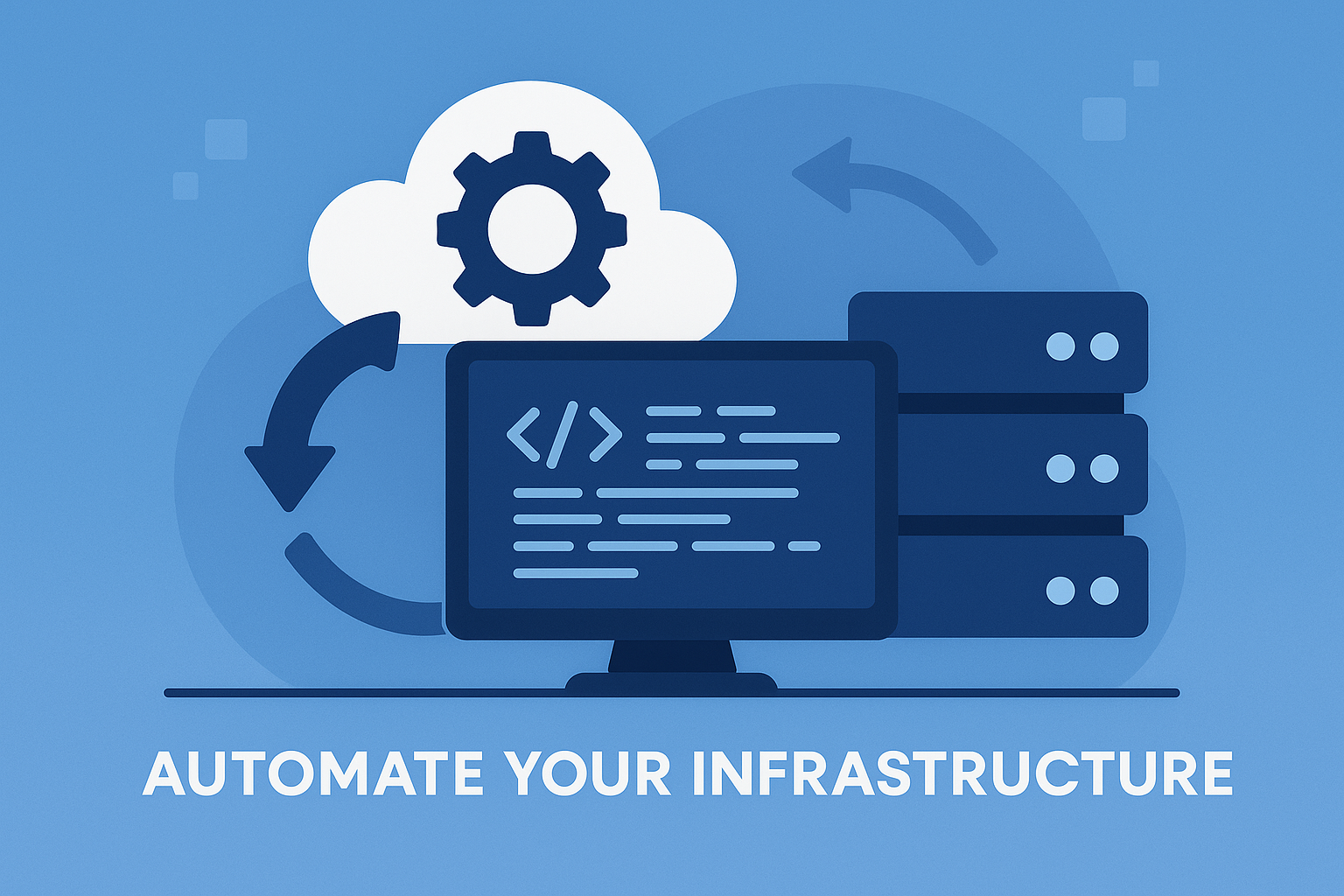Grafana is an open-source analytics and visualization platform used to monitor, query, and visualize metrics collected from various data sources. It provides users with interactive dashboards and real-time insights into the performance and health of their systems, applications, and infrastructure. Grafana is widely used in conjunction with monitoring tools like Prometheus, InfluxDB, Elasticsearch, and others to create customizable, real-time dashboards for system observability.
Key Features of Grafana:
Multi-Source Support:
- Grafana integrates with a wide variety of data sources, including time-series databases such as Prometheus, InfluxDB, and Graphite; relational databases like MySQL and PostgreSQL; and even cloud platforms like AWS CloudWatch and Google Cloud Monitoring.
Customizable Dashboards:
- Grafana allows users to create highly customizable and interactive dashboards. Users can design their own dashboards with a variety of visualizations, such as graphs, charts, heatmaps, and tables, tailored to the specific needs of their system monitoring or application metrics.
Query Editors:
- Grafana provides query editors that are specific to each data source, allowing users to create complex and detailed queries. For example, Prometheus queries use PromQL, while Elasticsearch uses Lucene queries, and SQL databases use standard SQL.
Templating:
- Grafana supports dashboard templating, enabling dynamic dashboards that update based on user inputs such as variables. This feature allows users to reuse dashboards for different environments, hosts, or metrics.
Alerting:
- Grafana includes built-in alerting capabilities, enabling users to define thresholds and conditions for their metrics. Alerts can trigger notifications to external services (e.g., Slack, email, PagerDuty) if a metric exceeds or falls below a predefined threshold.
Annotations:
- Annotations allow users to mark specific events on their dashboards, such as deployments, incidents, or custom events. These annotations provide context to metrics and help in analyzing historical data in relation to significant system events.
Plugins and Extensibility:
- Grafana has a rich ecosystem of plugins that extend its functionality, including panels (for new types of visualizations), data sources (for integrating new systems), and app plugins (for full-featured solutions like monitoring stacks or management tools).
User Permissions and Team Collaboration:
- Grafana allows fine-grained access control, enabling administrators to define user roles and permissions at the dashboard or folder level. This feature supports collaboration within teams, ensuring the right people have access to the relevant data.
Real-Time Monitoring:
- Grafana supports real-time data visualization, making it ideal for monitoring the health and performance of applications, systems, and infrastructure as events unfold. Dashboards automatically refresh at user-defined intervals.
Cloud and Self-Hosted Options:
- Grafana is available both as a self-hosted solution, where users manage the installation on their own infrastructure, and as a managed service through Grafana Cloud, which provides fully hosted monitoring and visualization services.
Popular Use Cases for Grafana:
System Monitoring:
- Grafana is widely used for monitoring the health of servers, networks, and other infrastructure components. Metrics like CPU usage, memory consumption, disk I/O, and network traffic can be visualized in real-time dashboards.
Application Performance Monitoring (APM):
- Developers use Grafana to monitor the performance of applications by tracking key metrics such as request latencies, error rates, response times, and throughput. These metrics can be collected from services like Prometheus, Elastic APM, or Jaeger.
Kubernetes Monitoring:
- Grafana is often used in Kubernetes environments to monitor clusters, containers, and microservices. Combined with Prometheus (which collects Kubernetes metrics), Grafana provides insights into pod health, resource usage, and service reliability.
Business Metrics and Reporting:
- Grafana can be used to visualize business metrics (e.g., user activity, transactions, sales data) by connecting to databases such as MySQL or PostgreSQL, or integrating with cloud services that track business KPIs.
IoT Data Visualization:
- Grafana is commonly used to visualize metrics from Internet of Things (IoT) devices. Time-series databases like InfluxDB or Prometheus collect sensor data, which is then displayed in Grafana dashboards for real-time monitoring and historical analysis.
Security Monitoring:
- Grafana can be used to track security-related metrics such as login attempts, API request activity, or network security events. Combined with systems like Elasticsearch or Splunk, Grafana can visualize logs and security incidents.
DevOps and SRE Dashboards:
- DevOps teams and Site Reliability Engineers (SREs) use Grafana to monitor service uptime, error rates, and infrastructure reliability. By integrating Grafana with alerting systems, teams can respond quickly to incidents and ensure service-level agreements (SLAs) are met.
Example of a Grafana Workflow:
Data Collection:
- A system or application collects metrics using tools like Prometheus, InfluxDB, or Elasticsearch, and stores them in a time-series database or log aggregation system.
Data Query:
- Grafana connects to the data source (e.g., Prometheus) and uses PromQL to query specific metrics, such as CPU usage or HTTP request latencies.
Dashboard Creation:
- The user creates a dashboard in Grafana, choosing visualizations like line graphs, bar charts, or heatmaps to display the queried metrics. The dashboard can include multiple panels, each visualizing different metrics.
Alert Configuration:
- Alerts are set up to notify the team if certain conditions are met, such as high CPU usage or slow response times. Alerts can trigger notifications via Slack, email, or PagerDuty.
Monitoring and Analysis:
- The dashboard provides real-time monitoring of the system’s health, and users can interact with the dashboard to analyze historical data, spot trends, or correlate metrics with specific events.
Data Sources Supported by Grafana:
Time-Series Databases:
- Prometheus, InfluxDB, Graphite, OpenTSDB: These databases are optimized for storing and querying time-series data and are commonly used in monitoring systems.
Relational Databases:
- MySQL, PostgreSQL, Microsoft SQL Server: Grafana can query and visualize data from SQL databases, often used for business metrics or reporting.
Cloud Services:
- AWS CloudWatch, Google Cloud Monitoring, Azure Monitor: Grafana integrates with cloud provider monitoring services, enabling users to monitor cloud infrastructure and applications.
Elasticsearch:
- Grafana integrates with Elasticsearch, enabling users to visualize logs, search through logs, and correlate them with system metrics.
Jaeger and Zipkin:
- These are distributed tracing systems used for monitoring microservices and performance. Grafana can visualize traces and spans to provide insights into distributed applications.
Example Grafana Dashboard:
Here is a simple YAML configuration for a Prometheus-based dashboard in Grafana:
title: "System Monitoring"
panels:
- type: "graph"
title: "CPU Usage"
datasource: "Prometheus"
targets:
- expr: "100 - (avg by(instance) (irate(node_cpu_seconds_total{mode='idle'}[5m])) * 100)"
legendFormat: "{{instance}}"
yaxes:
- format: "percent"
- type: "graph"
title: "Memory Usage"
datasource: "Prometheus"
targets:
- expr: "node_memory_Active_bytes / node_memory_MemTotal_bytes * 100"
legendFormat: "{{instance}}"
yaxes:
- format: "percent"This dashboard will visualize CPU and memory usage for systems monitored by Prometheus.
Grafana Alerting Example:
A simple example of setting up an alert for high CPU usage:
alert:
name: "High CPU Usage"
expr: "avg by(instance) (irate(node_cpu_seconds_total{mode='idle'}[5m])) < 0.2"
for: "5m"
labels:
severity: "critical"
annotations:
summary: "High CPU usage on {{ $labels.instance }}"
description: "CPU usage is above 80% for the last 5 minutes."Advantages of Grafana:
- Highly Customizable Dashboards:
- Grafana offers flexible, interactive dashboards that can be customized to display any type of metric or data. Users can design their own layouts, choose from various panel types, and integrate data from multiple sources.
- Multi-Source Support:
- Grafana can pull data from many different data sources, making it a versatile tool for monitoring diverse infrastructure, applications, and business metrics.
- Powerful Visualizations:
- With a variety of chart types (graphs, heatmaps, tables, etc.) and advanced options for queries and filters, Grafana provides detailed, insightful visualizations of your data.
- Extensibility:
- Grafana’s plugin system allows users to extend its functionality with additional data sources, visualizations, and integrations.
- Real-Time Monitoring:
- Grafana is ideal for real-time monitoring, with dashboards that automatically refresh and update as new data is ingested.
Disadvantages of Grafana:
- Learning Curve:
- While Grafana is user-friendly for basic use cases, advanced queries and dashboard design can have a steep learning curve, particularly for those new to query languages like PromQL or SQL.
- No Native Long-Term Storage:
- Grafana relies on external databases for storing and querying data. It does not offer long-term storage or data retention out of the box, so users must configure separate systems like Prometheus or InfluxDB for data retention.
- Alerting Can Be Limited:
- Grafana’s built-in alerting, while useful, is not as robust as dedicated alerting systems. For complex alerting and notification workflows, additional tools like Prometheus Alertmanager are often needed.
Conclusion:
Grafana is a powerful and flexible platform for creating visualizations and dashboards from a wide variety of data sources. Its ability to integrate with systems like Prometheus, InfluxDB, Elasticsearch, and many others makes it a key tool in modern monitoring and observability stacks. Grafana helps DevOps teams, SREs, and developers gain real-time insights into system performance, troubleshoot issues, and ensure the reliability of their applications and infrastructure.



